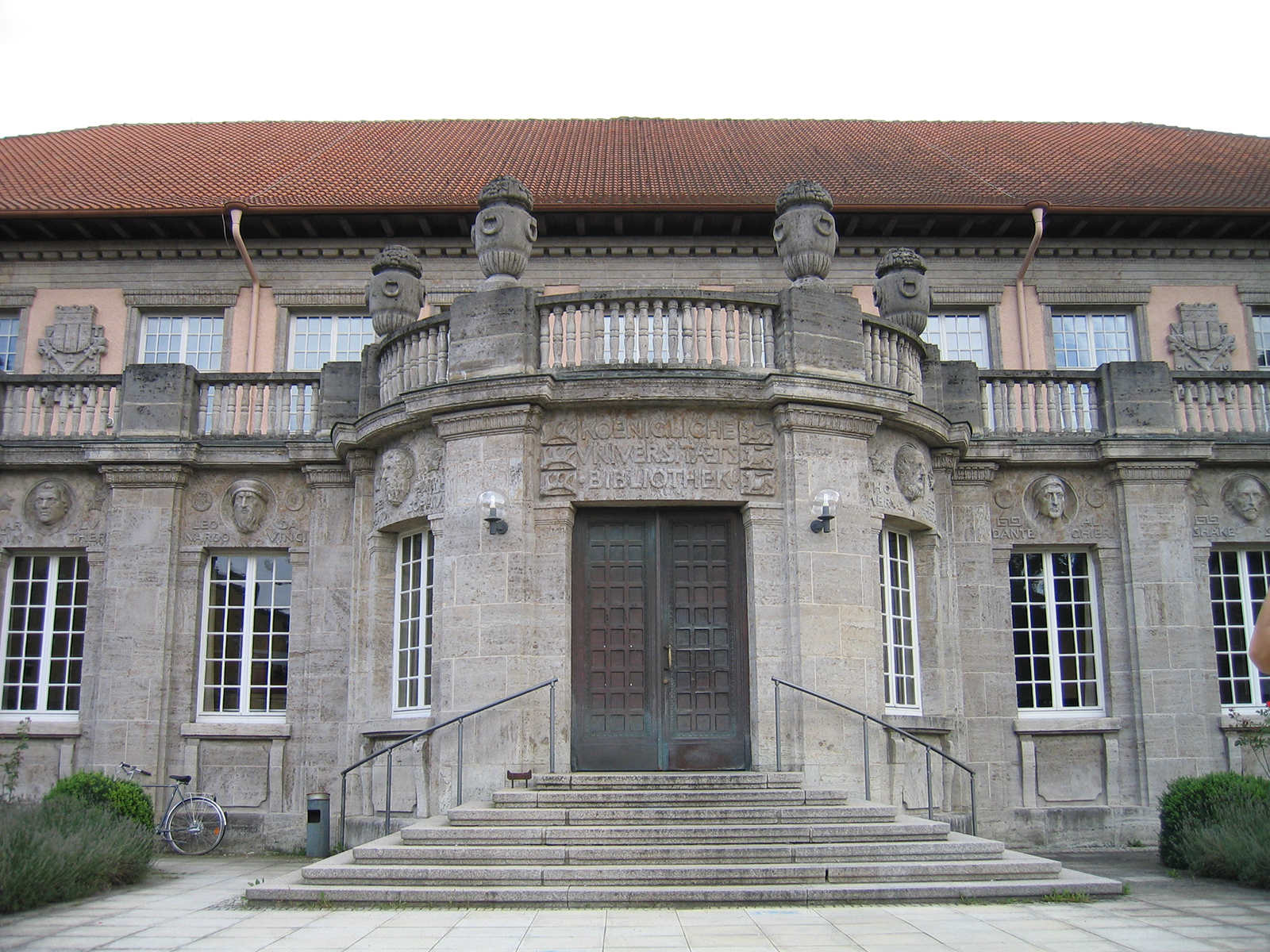University of Tübingen: So far the oldest genome from Wallacea with its own relationship profile
The oldest analyzed genome of a modern human from the Wallacea area, the islands between western Indonesia and Papua New Guinea, shows a composition of human relationships that has not yet been described. The individual from whose skull bones the genetic material could be isolated was buried at the time of the hunter-gatherers more than 7,000 years ago at what is now Leang Panninge (‘bat cave’) on the island of Sulawesi. Most of the genetic similarities exist with today’s residents of Papua and the Australian Aborigines. But the genome also contains parts that do not fit into these groups. It brings new surprises to light about the evolution of modern man.
The international study, in which researchers from Indonesia were also involved, was led by Professor Johannes Krause from the Max Planck Institutes for Evolutionary Anthropology in Leipzig and for Human History in Jena, Professor Cosimo Posth from the Senckenberg Center for Human Evolution and Palaeoenvironment at the University of Tübingen and Professor Adam Brumm from Griffith University, Australia. It appears in the journal Nature.
Largely completely preserved skeleton
The Wallacea Islands formed stepping stones in the spread of the first modern humans from Eurasia to Oceania, probably more than 50,000 years ago. Archaeological finds show that the ancestors of our species lived in Wallacea around 47,000 years ago. However, hardly any human skeletons were found. One of the most distinctive archaeological finds from this region is the Toalean Techno Complex, which is dated to a much more recent period between 8,000 and 1,500 years ago. The people of the Toalean culture made, among other things, characteristic arrowheads out of stone, the so-called Maros points. The Toalean culture is only known from a comparatively small area on the southern Sulawesi peninsula. “We could also classify the funeral at Leang Panninge in this culture,” says Adam Brumm.
Selina Carlhoff, PhD student at the Max Planck Institute for the History of Man and first author of the study, isolated DNA from the temporal bone of the skull. “That was a big challenge because the remains in the grave were badly affected by the tropical climate,” she says. The analyzes showed that the individual is related to the first modern humans, who spread from Eurasia to Oceania around 50,000 years ago. Like the genomes of the indigenous inhabitants of Papua New Guinea and Australia, this genome also shows traces of the crossbreeding of Denisova people. This extinct human species is mainly known from Siberia and Tibet. “The fact that their genes can be found in a genome of the hunter-gatherer from Leang Panninge supports our earlier hypothesis,
A piece in the large gene puzzle
A comparison with the genome data of early hunters and gatherers who lived around the same time as the individual from Leang Panninge, but a little west of Wallacea, provides further evidence: no genetic traces of the Denisova people were found in them. “In the Wallacea region, the distribution areas of the Denisovans and modern humans may have overlapped. It may be the main place where the Denisova people and the ancestors of the indigenous Australians and Papuans fathered common offspring, ”says Cosimo Posth.
On the other hand, the genome from Leang Panninge contains a large proportion of genes from an ancient population from Asia. “That was surprising, as we know about the spread of modern humans from East Asia into the Wallacea region, but this event did not take place until much later, around 3,500 years ago. That was long after this person’s lifetime, ”says Johannes Krause. In addition, the research team found no evidence that there are descendants of the people of Leang Panninge among the people of Wallacea today. What became of the people of the Toalean culture is unclear. “In this respect, the new genetic piece of the puzzle from Leang Panninge mainly illustrates how little we know about the genetic history of modern people in Southeast Asia,” summarizes Posth.

